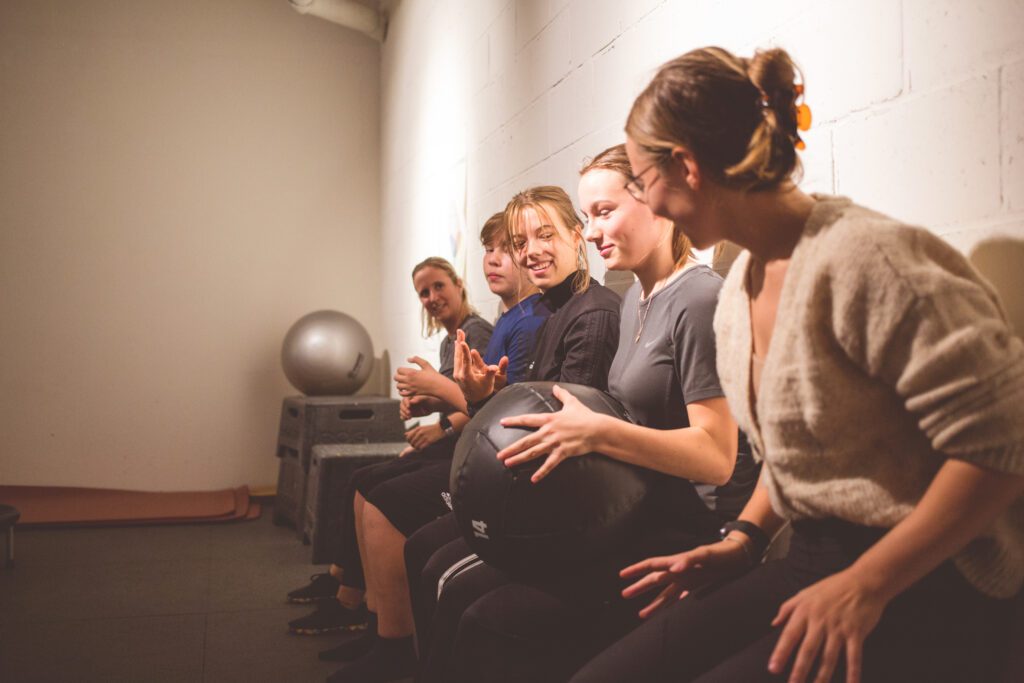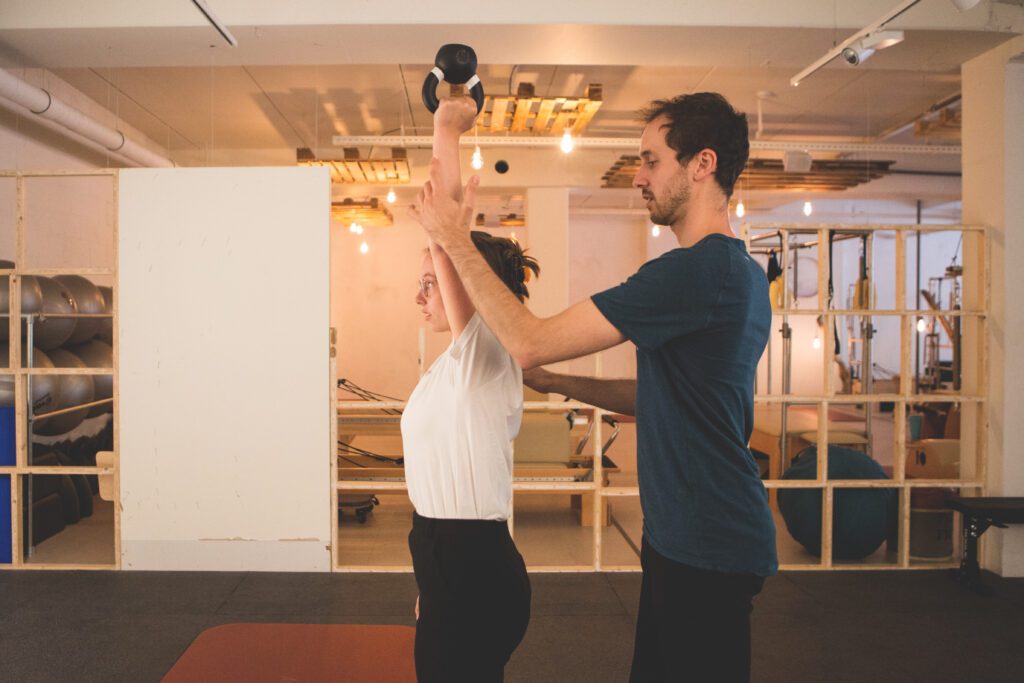When pain persists for more than three months it is referred to as chronic pain. In most cases, chronic pain is not caused by an injury (2). Over time your body has been able to repair the injury but your alarm system remains active. Your nervous system has become hypersensitive and the pain is no longer a reliable warning signal. This type of pain is not functional and no longer has a helping or protecting role.
As many as 19% of adult Europeans experience chronic pain throughout their life (4). Hence chronic pain can be considered a major health problem where adequate rehabilitation and follow-up care are of utmost importance.
In the following blogs within our Pain Blog series, we will go into more detail about the complexity of chronic pain, its potential impact on daily life and the latest scientific and in practice advice on how to manage pain
Do you experience chronic pain? We recommend seeing a physiotherapist that specializes in this area. Keen to know if there is one in your region? Contact us, we are always here to help near and far. You can reach us at hello@wavesleuven.be or 016/58.04.14
References
- Tegner H. ,Frederiksen P., Esbensen BA., Juhl, C. Neurophysiological Pain Education for Patients With Chronic Low Back Pain: A Systematic Review and Meta-Analysis. The Clinical Journal of Pain. August 2018 – Volume 34 – Issue 8 – p 778-786
- Butler D., Moseley L., Sunyata A. Begrijp de pijn. 2nd edition – Adelaide: Neuro Orthopaedic Institute and Noigroup Publications; 2016.
- Nagasako EM., Oaklander AL., Dworkin RH. Congenital insensitivity to pain: an update. Pain. February 2003; Volume 101 – Issue 3: p 213-219.
- Mills SEE., Nicolson KP., Smith BH. Chronic pain: a review of its epidemiology and associated factors in population-based studies. Br J Anaesth. 2019 Aug;123(2):e273-e283.
Author: Sarah Decanniere
Physiotherapist at Waves specialised in chronic pain
Disclaimer:
This site cannot and doesn’t contain medical/health advice. The medical/health information is provided for general informational and educational purposes only and is not a substitute for professional advice. Accordingly, before taking any actions based upon such information, we encourage you to consult with the appropriate professionals.



